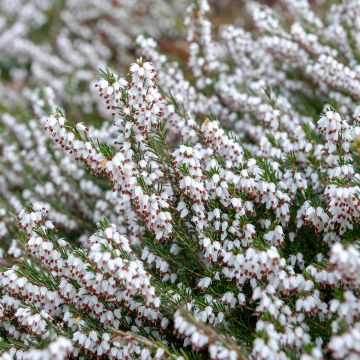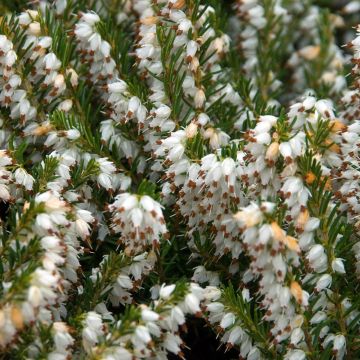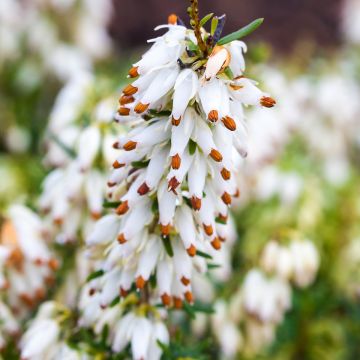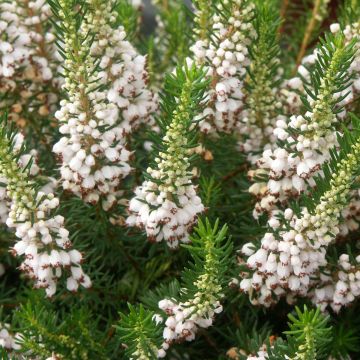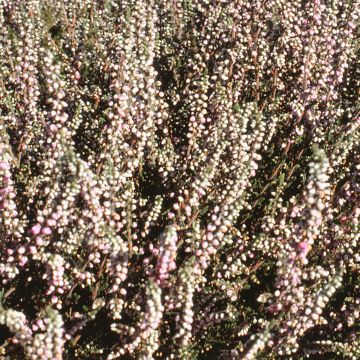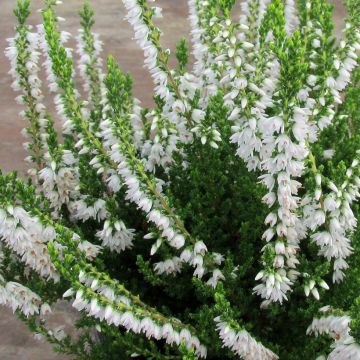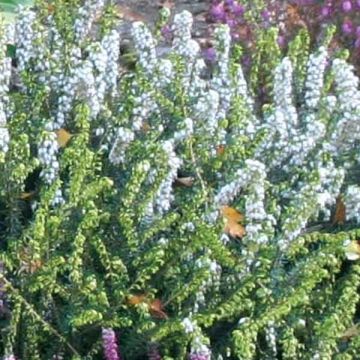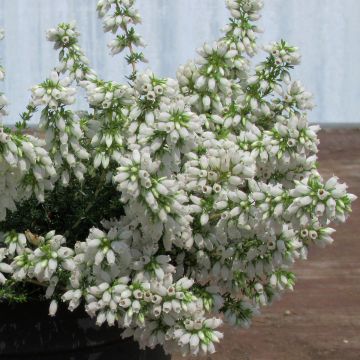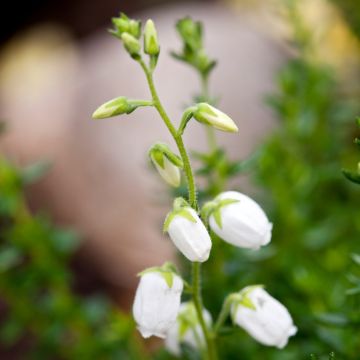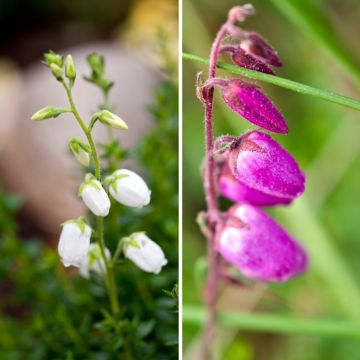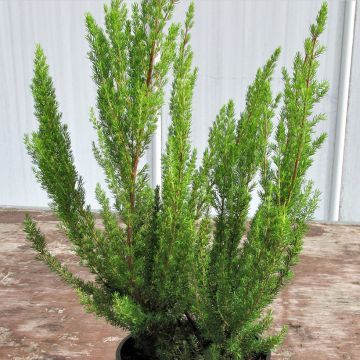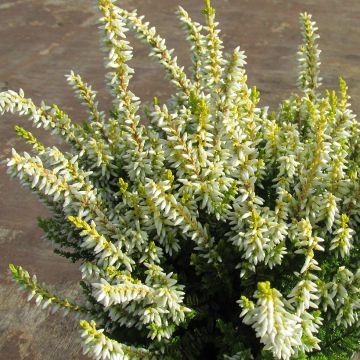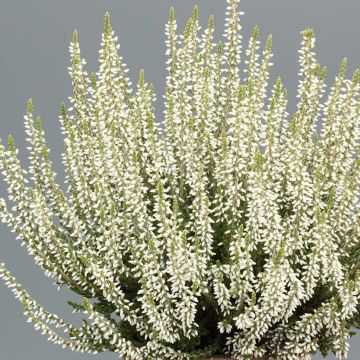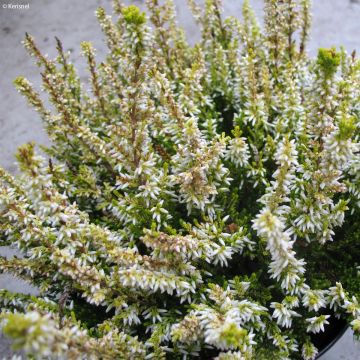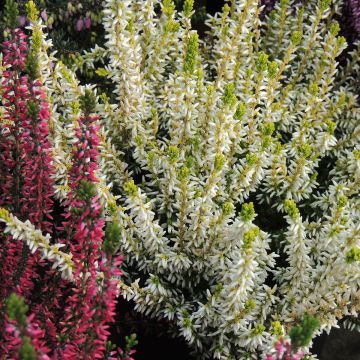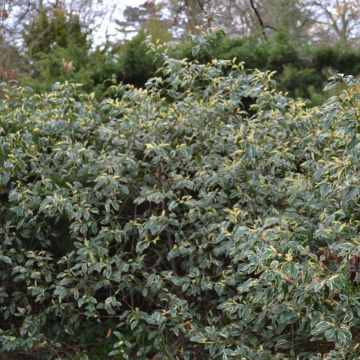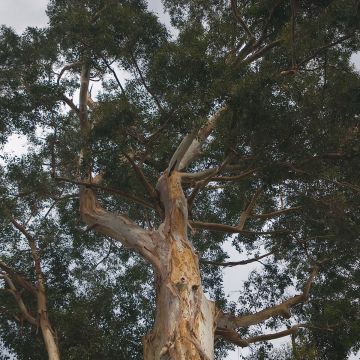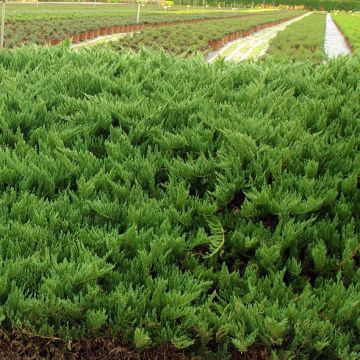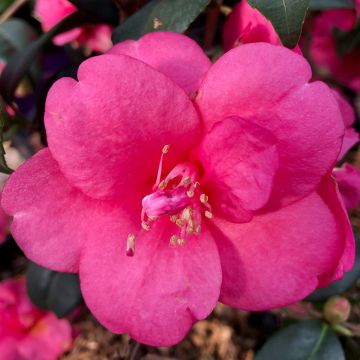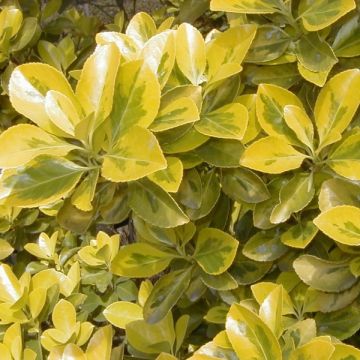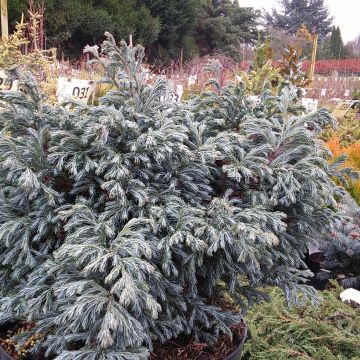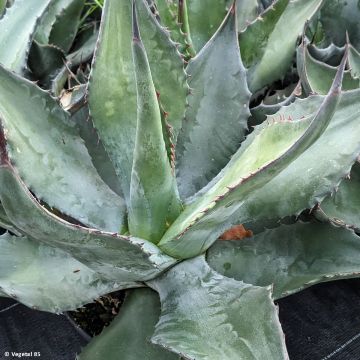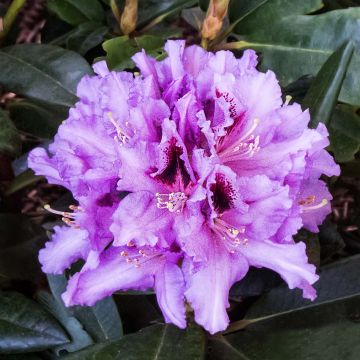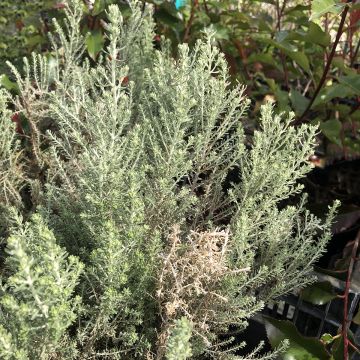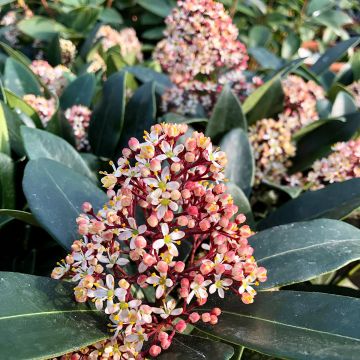Shipping country and language
Your country of residence may be:
Your country of residence is:
For a better user experience on our website, you can select:
Your shipping country:
Andorra
Austria
Belgium
Bulgaria
Canada
Chile
Croatia
Cyprus
Czechia
Denmark
Estonia
Finland
France
Germany
Greece
Hungary
Iceland
Ireland
Italy
Latvia
Lithuania
Luxembourg
Malta
Monaco
Netherlands
Poland
Portugal
Romania
Slovakia
Slovenia
Spain
Sweden
Switzerland
United Kingdom
We only deliver seed and bulb products to your country. If you add other products to your basket, they cannot be shipped.
Language:
French
German
Spanish
English
My Account
Hello
My wish lists
Plantfit
Log in / Register
Existing customer?
New customer?
Create an account to track your orders, access our customer service and, if you wish, make the most of our upcoming offers.
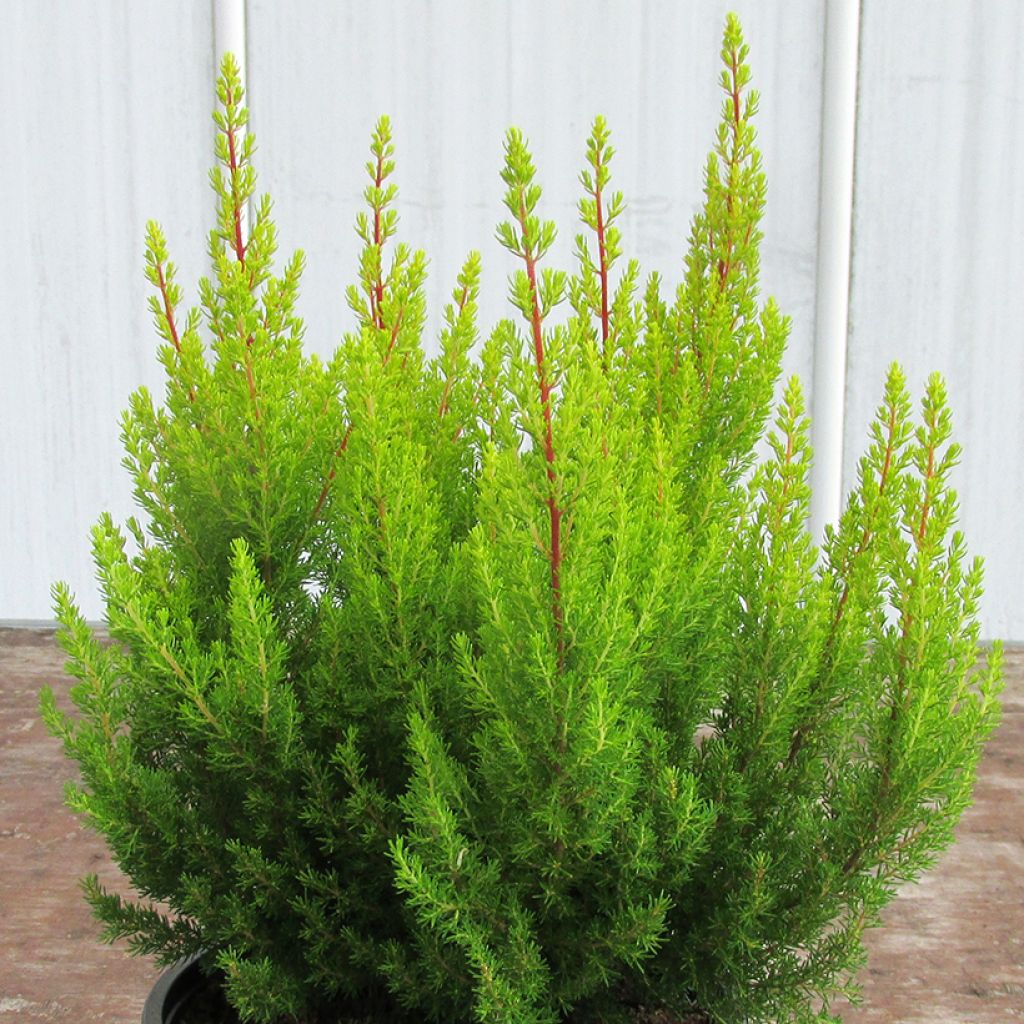

Erica arborea Estrella Gold - Tree Heath
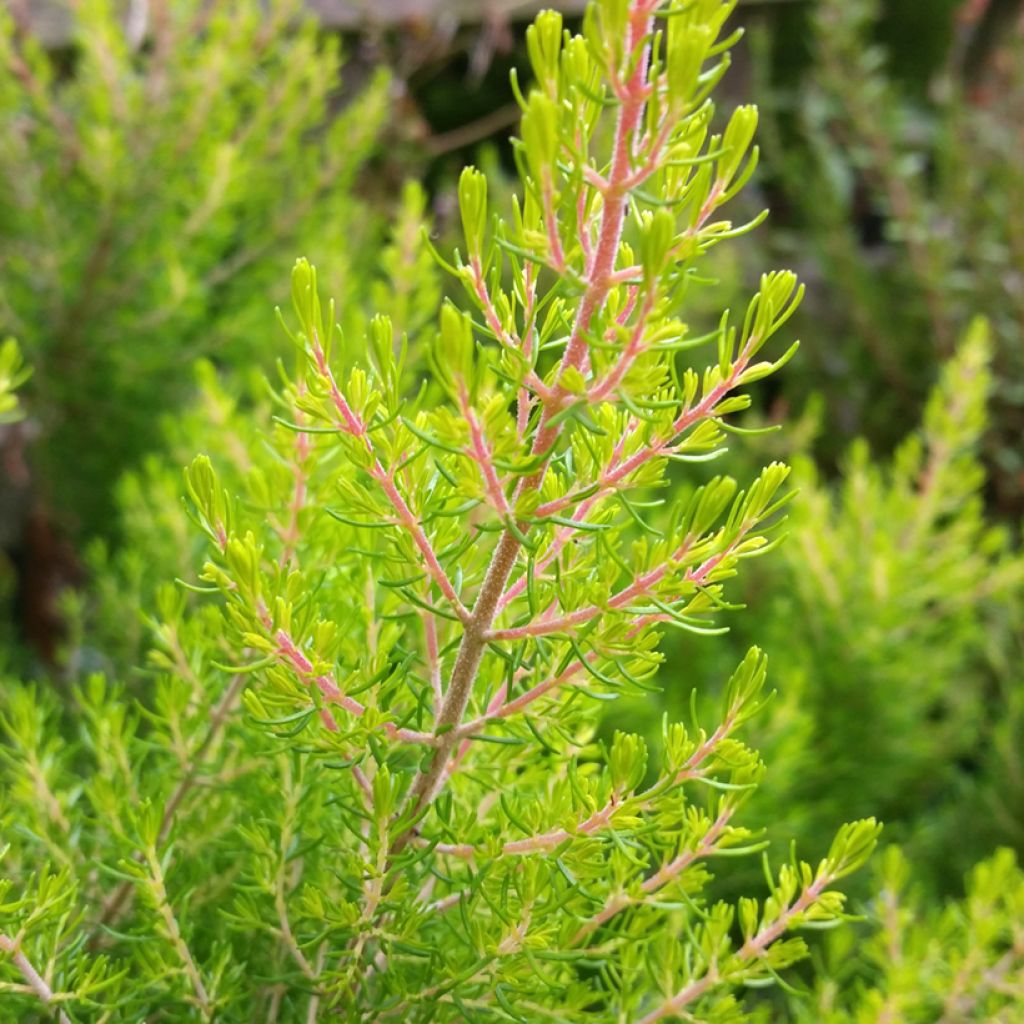

Erica arborea Estrella Gold - Tree Heath
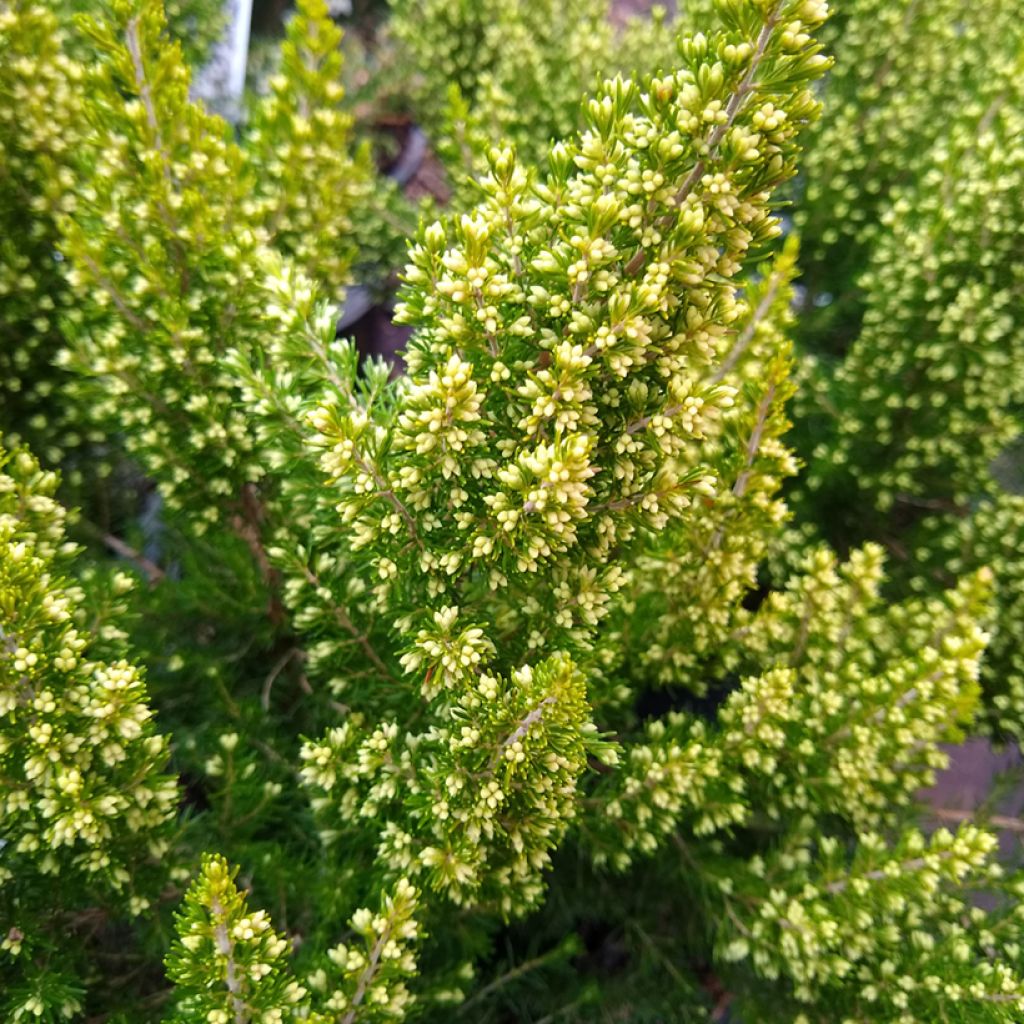

Erica arborea Estrella Gold - Tree Heath
Erica arborea Estrella Gold - Tree Heath
Erica arborea Estrella Gold
Tree Heath, Tree Erica
Why not try an alternative variety in stock?
View all →Order in the next for dispatch today!
Dispatch by letter from €3.90.
Delivery charge from €5.90 Oversize package delivery charge from €6.90.
More information
This item is not available in your country.
Schedule delivery date,
and select date in basket
This plant carries a 24 months recovery warranty
More information
We guarantee the quality of our plants for a full growing cycle, and will replace at our expense any plant that fails to recover under normal climatic and planting conditions.
From €5.90 for pickup delivery and €6.90 for home delivery
Express home delivery from €8.90.
From €5.90 for pickup delivery and €6.90 for home delivery
Express home delivery from €8.90.
Does this plant fit my garden?
Set up your Plantfit profile →
Description
The Erica arborea 'Estrella Gold' is a variety of compact arborescent heather but exceptionally bright. This elegant shrub offers very golden foliage in spring, at the same time as its clusters of white and melliferous flowers bloom. Moderately hardy but robust, it thrives particularly well in reasonably poor, non-limestone soils, cool to dry in summer. With its wild charm, arborescent heather integrates perfectly into a large rockery or a small free hedge.
The Erica arborea 'Estrella Gold' is a horticultural selection more compact than the type, with young foliage that is very yellow. The wild species from which it is derived, called tree heather or white heather, is a shrubby plant of the large family Ericaceae. Its preferred habitat consists of heathlands, slopes and forest edges. It mainly develops on siliceous soils (rich in sand) poor in nutrients.
The 'Estrella Gold' tree heather shows slow growth. The shrub has a taller-than-wide habit, supported by many upright and well-branched branches. In the long term, this variety reaches about 1.20 m (4ft) in height and 80 cm (32in) in width. Its branches bear tiny, non-prickly needle-like leaves throughout the year, including in winter. The flower buds form early in late autumn or winter on well-furnished foliage and open in pure white bells between late March and May. The shrub flowers for 3 months. The small urn-shaped flowers open in small clusters along the branches. They are pleasantly scented and very popular with bees.
This elegant 'Estrella Gold' heather is an excellent plant for coastal gardens, including non-limestone Mediterranean areas. This beautiful shrub blends perfectly with lower heathers that bloom simultaneously in various colours: Erica x darleyensis 'Kramer's Rote', western heather, Erica carnea 'December Red'. It will also work wonders in a small hedge with gorse, Teucrium fruticans 'Azureum' or Callistemon 'Inferno', for example. This heather can create, in a group of 3 to 5 plants, a decor full of great poetry.
Erica arborea Estrella Gold - Tree Heath in pictures




Plant habit
Flowering
Foliage
Botanical data
Erica
arborea
Estrella Gold
Ericaceae
Tree Heath, Tree Erica
Cultivar or hybrid
Planting and care
To grow the 'Estrella Gold' tree heather, plant it in acidic and poor soil similar to heather soil or enrich sandy, non-limestone soil with leaf compost. The plant should get a few hours of sunlight each day for the best flowering results. It likes soil that is moist but well-drained. Once established, it can tolerate short frosts of around -9°C (15.8°F) and lack of water in summer. If you live in borderline hardiness areas, plant in spring to give the heather time to establish itself before winter arrives.
Planting period
Intended location
Care
This item has not been reviewed yet - be the first to leave a review about it.
Evergreen shrubs
Haven't found what you were looking for?
Hardiness is the lowest winter temperature a plant can endure without suffering serious damage or even dying. However, hardiness is affected by location (a sheltered area, such as a patio), protection (winter cover) and soil type (hardiness is improved by well-drained soil).

Photo Sharing Terms & Conditions
In order to encourage gardeners to interact and share their experiences, Promesse de fleurs offers various media enabling content to be uploaded onto its Site - in particular via the ‘Photo sharing’ module.
The User agrees to refrain from:
- Posting any content that is illegal, prejudicial, insulting, racist, inciteful to hatred, revisionist, contrary to public decency, that infringes on privacy or on the privacy rights of third parties, in particular the publicity rights of persons and goods, intellectual property rights, or the right to privacy.
- Submitting content on behalf of a third party;
- Impersonate the identity of a third party and/or publish any personal information about a third party;
In general, the User undertakes to refrain from any unethical behaviour.
All Content (in particular text, comments, files, images, photos, videos, creative works, etc.), which may be subject to property or intellectual property rights, image or other private rights, shall remain the property of the User, subject to the limited rights granted by the terms of the licence granted by Promesse de fleurs as stated below. Users are at liberty to publish or not to publish such Content on the Site, notably via the ‘Photo Sharing’ facility, and accept that this Content shall be made public and freely accessible, notably on the Internet.
Users further acknowledge, undertake to have ,and guarantee that they hold all necessary rights and permissions to publish such material on the Site, in particular with regard to the legislation in force pertaining to any privacy, property, intellectual property, image, or contractual rights, or rights of any other nature. By publishing such Content on the Site, Users acknowledge accepting full liability as publishers of the Content within the meaning of the law, and grant Promesse de fleurs, free of charge, an inclusive, worldwide licence for the said Content for the entire duration of its publication, including all reproduction, representation, up/downloading, displaying, performing, transmission, and storage rights.
Users also grant permission for their name to be linked to the Content and accept that this link may not always be made available.
By engaging in posting material, Users consent to their Content becoming automatically accessible on the Internet, in particular on other sites and/or blogs and/or web pages of the Promesse de fleurs site, including in particular social pages and the Promesse de fleurs catalogue.
Users may secure the removal of entrusted content free of charge by issuing a simple request via our contact form.
The flowering period indicated on our website applies to countries and regions located in USDA zone 8 (France, the United Kingdom, Ireland, the Netherlands, etc.)
It will vary according to where you live:
- In zones 9 to 10 (Italy, Spain, Greece, etc.), flowering will occur about 2 to 4 weeks earlier.
- In zones 6 to 7 (Germany, Poland, Slovenia, and lower mountainous regions), flowering will be delayed by 2 to 3 weeks.
- In zone 5 (Central Europe, Scandinavia), blooming will be delayed by 3 to 5 weeks.
In temperate climates, pruning of spring-flowering shrubs (forsythia, spireas, etc.) should be done just after flowering.
Pruning of summer-flowering shrubs (Indian Lilac, Perovskia, etc.) can be done in winter or spring.
In cold regions as well as with frost-sensitive plants, avoid pruning too early when severe frosts may still occur.
The planting period indicated on our website applies to countries and regions located in USDA zone 8 (France, United Kingdom, Ireland, Netherlands).
It will vary according to where you live:
- In Mediterranean zones (Marseille, Madrid, Milan, etc.), autumn and winter are the best planting periods.
- In continental zones (Strasbourg, Munich, Vienna, etc.), delay planting by 2 to 3 weeks in spring and bring it forward by 2 to 4 weeks in autumn.
- In mountainous regions (the Alps, Pyrenees, Carpathians, etc.), it is best to plant in late spring (May-June) or late summer (August-September).
The harvesting period indicated on our website applies to countries and regions in USDA zone 8 (France, England, Ireland, the Netherlands).
In colder areas (Scandinavia, Poland, Austria...) fruit and vegetable harvests are likely to be delayed by 3-4 weeks.
In warmer areas (Italy, Spain, Greece, etc.), harvesting will probably take place earlier, depending on weather conditions.
The sowing periods indicated on our website apply to countries and regions within USDA Zone 8 (France, UK, Ireland, Netherlands).
In colder areas (Scandinavia, Poland, Austria...), delay any outdoor sowing by 3-4 weeks, or sow under glass.
In warmer climes (Italy, Spain, Greece, etc.), bring outdoor sowing forward by a few weeks.
